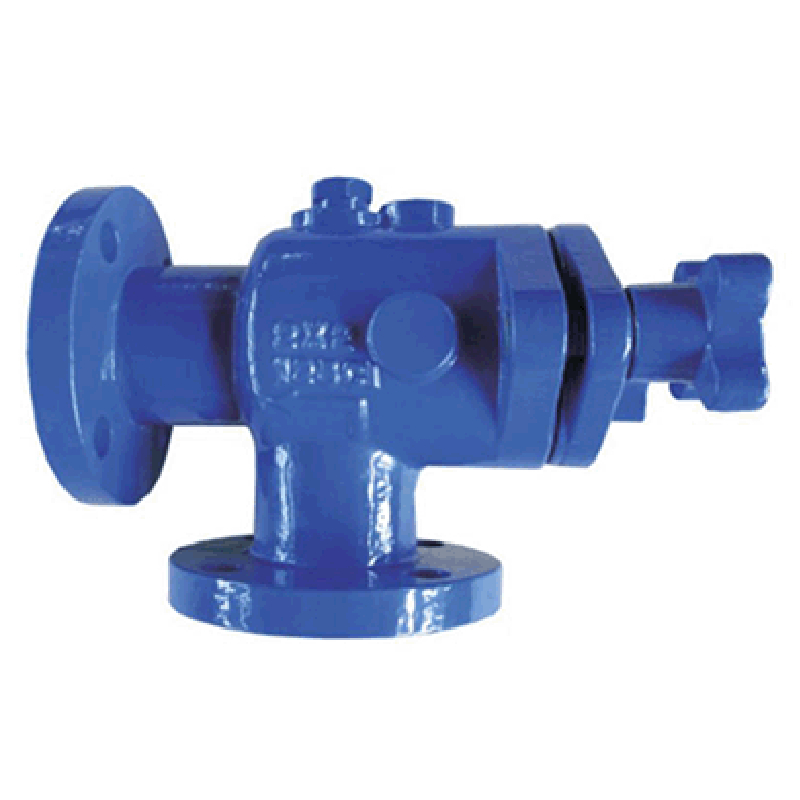Nov . 25, 2024 00:04 Back to list
wafer style butterfly valve
The Wafer Style Butterfly Valve A Comprehensive Overview
The wafer style butterfly valve is a critical component in many industrial applications, renowned for its simplicity, effectiveness, and cost-efficiency. This type of valve is designed to control fluid flow within a pipeline, making it an essential part of various systems, from water treatment plants to chemical processing facilities. Understanding the features, benefits, and applications of wafer style butterfly valves can provide valuable insights into why they are preferred in many industries.
Design and Construction
The wafer style butterfly valve consists of a circular disc or vane that rotates around a central axis. Unlike other valve types, such as gate or globe valves, the butterfly valve operates by utilizing the disc, which can be rotated 90 degrees to either fully open or fully close the flow. The construction typically involves a body made of various materials, including stainless steel, cast iron, or plastic, depending on the specific application and the nature of the fluid being handled.
The “wafer” aspect refers to the valve's design, allowing it to be sandwiched between two flanges in a piping system, eliminating the need for additional support or brackets. This streamlined design makes installation simpler and often more economical than other valve types, reducing the overall weight of the assembly.
Advantages of Wafer Style Butterfly Valves
One of the primary benefits of wafer style butterfly valves is their compact design
. Their low profile allows for space-saving installations without sacrificing performance. Furthermore, these valves are lighter compared to traditional gate or ball valves, which can lead to lower shipping and handling costs.Another significant advantage is the efficiency with which they can regulate flow. The butterfly valve can operate quickly, allowing for rapid opening and closing, which is particularly beneficial in systems where fluid dynamics need to be controlled swiftly.
wafer style butterfly valve

Additionally, the design of the butterfly valve helps minimize turbulence as the fluid passes through. This characteristic can lead to reduced energy consumption, making wafer style butterfly valves an environmentally friendly choice.
Applications
Wafer style butterfly valves are versatile and suitable for a wide range of applications. They are commonly found in water and wastewater treatment facilities, where they regulate the flow of water and can withstand the corrosive nature of some treatment chemicals.
In the food and beverage industry, these valves are often used for their ease of cleaning and maintenance, ensuring compliance with stringent sanitation regulations. Their ability to provide tight sealing also makes them suitable for industrial applications involving gases and steam.
Furthermore, wafer style butterfly valves are increasingly being used in HVAC (Heating, Ventilation, and Air Conditioning) systems, where they help in regulating airflow and maintaining system efficiency.
Conclusion
In conclusion, the wafer style butterfly valve is an indispensable element in modern fluid control systems. Its unique design, coupled with a host of advantages such as space efficiency, quick operation, and reduced energy consumption, makes it a preferred choice across various industries. As industries continue to advance and require more efficient and reliable controls, the wafer style butterfly valve will undoubtedly retain its position as a vital component in the landscape of fluid management solutions. Both engineers and facility managers benefit from incorporating these valves into their systems, cementing their role in the ongoing evolution of industrial process management.
Share